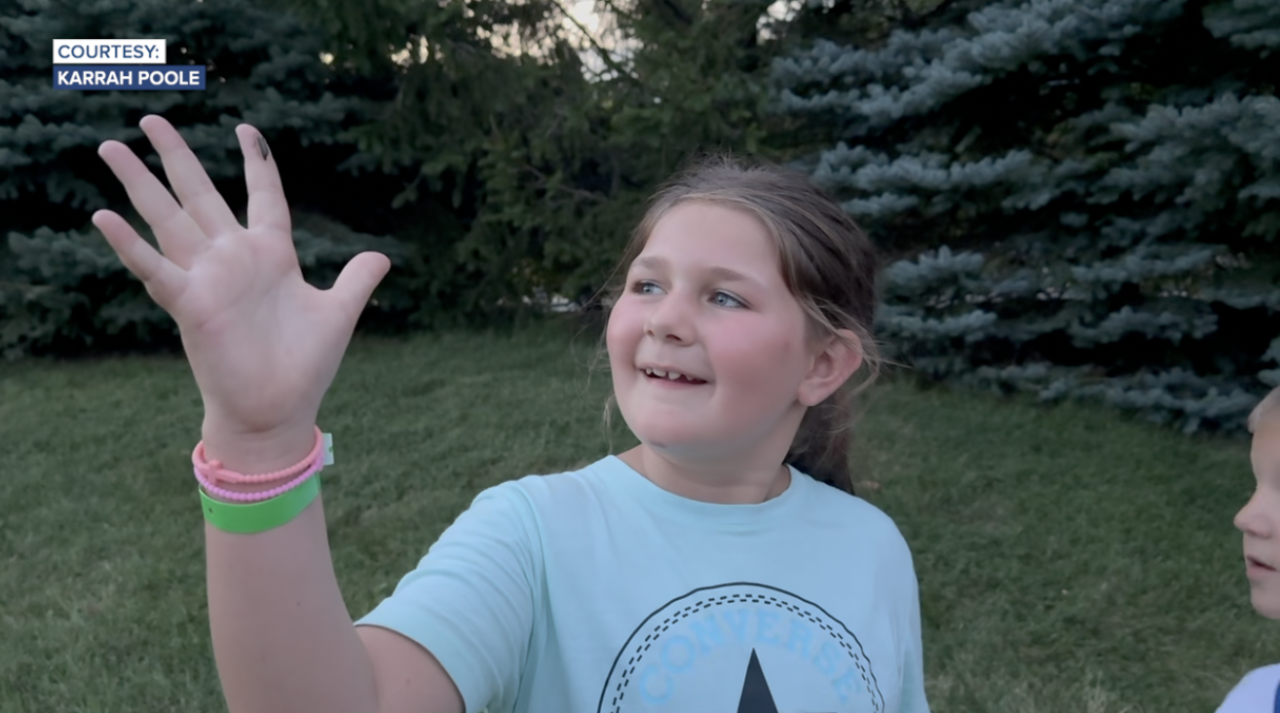WEST LAFAYETTE — Have you noticed more fireflies flashing their lights in summer 2025? You're not the only one who has spotted the increase.
"Usually when people think there's more of this, or less of that, they're usually right," explained Purdue professor Christian Krupke. "They're usually very close to what the data are showing."
Krupke works in Purdue University's Entomology Department. He's been with the university for almost 20 years.
"I grew up in an area where we did not have fireflies, so the first time that I saw them was here in Indiana when I came to Purdue," Krupke shared of his interest in fireflies. "They're still pretty novel and interesting."

But even those born and raised in the Hoosier State love lightning bugs. It's why you'll see so many families out trying to catch them in summer evenings.
Karrah Poole from Fishers shared several videos of her kids running around, chasing fireflies, and cheering with excitement each time they caught (or nearly caught) a bug.
"My favorite part about lightning bugs is that they're super pretty in the night," shared one of Karrah's daughters, Olivia, pausing from the bug-chasing shenanigans just briefly enough to get a few words in. "Their light is like not super bright, that it'll wake you up in the morning, but it's a perfect light."
Olivia decided that she would name her most recent catch 'Timmy.'
The Poole family is benefiting from an increased number of fireflies in 2025.

Part of Krupke's research involves being in the field to record firefly activity.
"We're looking for just the abundance of the fireflies, and to see what that abundance relates to in the natural environment, in terms of soil type, in terms of agricultural practices," explained Krupke.
They are also recording the types of fireflies at each location.
"In Indiana, we have maybe up to about 40 different species of fireflies," continued Krupke. "As the states go, we're one of the more diverse."
You may be able to tell some of the species are different the next time you go into your backyard. Watch the flash: different species have slightly different colors, and the flash pattern will be different. The bugs use their flash to communicate.
Because they need darkness to see each other's flash, Krupke went on to explain how light pollution can make it difficult for fireflies to survive.
"Particularly the kinds of lights that come on automatically at night with a motion sensor," he described. "Little LEDs that people have decoratively around their homes."
Krupke urged Hoosiers should turn off all non-essential lights outdoors to help the lightning bugs.
Nationally and globally, firefly populations are decreasing in size. Here in Indiana, it is too early to tell from Krupke's ongoing research if numbers are trending up or down in recent years.
If light pollution is harmful to the bugs, then why are we seeing so many this particular year? The answer is weather-based.

"It's been a pretty wet spring, a wet start to summer," described Krupke. "Since they live in the soil, when the soil is healthy, hydrated, there's good soil moisture, fireflies and other animals that live in the soil do well."
Because fireflies spend their larval stage in the soil, not flying above the ground like they do when we see them flashing, they are vulnerable when people till or turn over the soil.
Indiana's fireflies work as pest prevention for farmers and home gardeners.
"They feed on things like snails and slugs," Krupke shared. "Which nobody really likes."
Something people generally do like? Catching fireflies in summer (just ask the Pooles if you need proof).
"I'm always encouraged when people are interested in insects," Krupke said. "Although most people don't like them, if you don't have insects, you don't have fish, and birds, and sooner or later, I'll get to something you like."
"Anytime we can shine a light, pardon the pun, on insects, I'm all for it," Krupke concluded.





